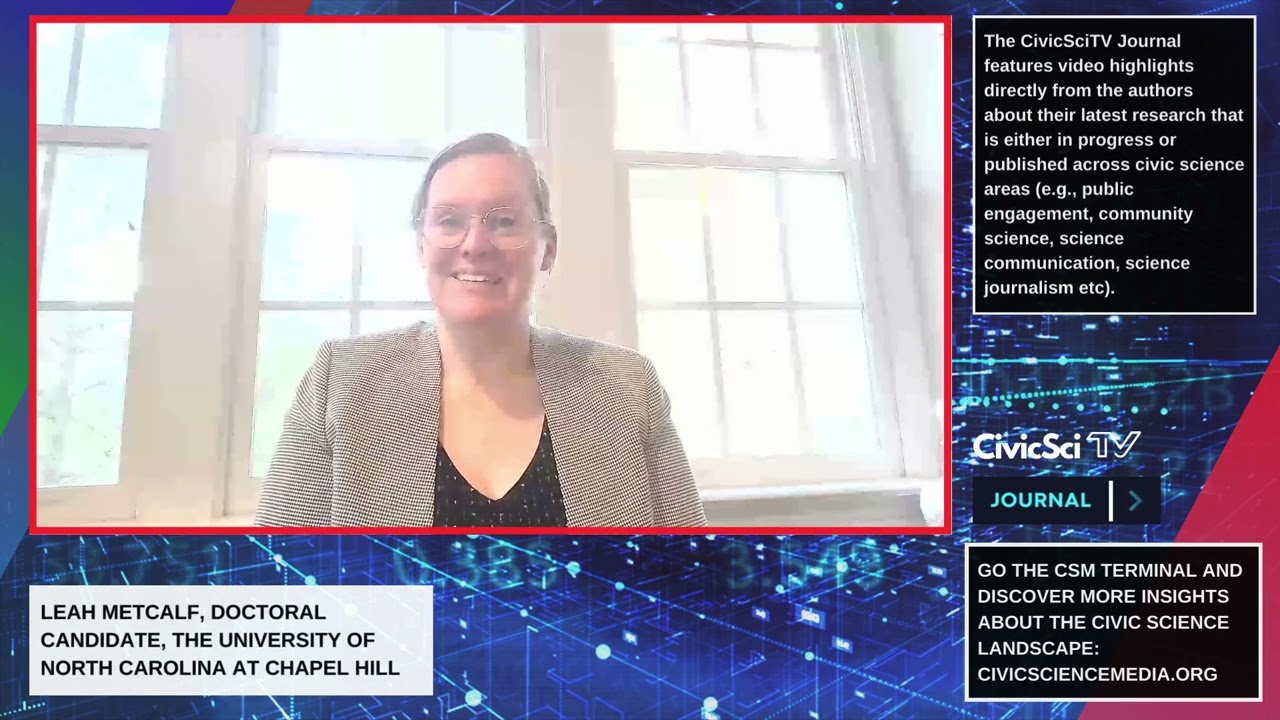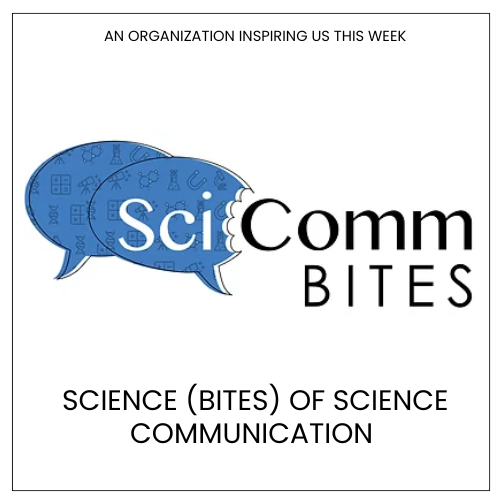CivicSciTV - Journal
Emanating Auras: Art and Science in Museums via a Benjaminian Framework of Science Museum Art

By Leah Metcalf, Doctoral Candidate, The University of North Carolina at Chapel Hill
Abstract
Science museum exhibits spark emotions through art. The link between emotional evocation and learning has historically been underutilized. Little work has been done to learn how museum visitors experience pieces of art in science museums. What makes an artistic teaching tool have merit? In this ongoing research, I argue that Benjamin’s terms, which take mass-production and/or experience as their starting point, demonstrate more potential than challenges for science museums. Let us consider art in museums as diverging in two directions: that of spectacle and that of cultic value.
Useful Definitions:
- Spectacle: A work of, typically, aesthetic visual art, that demands limited concentration and intelligence to understand and that, when consumed, does not create a substantial relationship between the viewer and art.
- Aura: A piece of typically, aesthetic visual art, that emanates beautiful, emotional, singular and distant, as in mysterious, meanings. Capitalism and bourgeois reproduction of art have reduced opportunities to experience art with auras.
- Cultic Value: Making a viewer feel connected to a social tradition by experiencing aura from a piece of art is a historically common purpose of art. It can be deceptive: the viewer experiences mystery in the presence of an object that exists, the viewer believes, not to chiefly to serve any social or political ends. Many natural, aesthetically compelling objects have auras and cultic functions.
Presented as a poster at the 2024 Science Talk Conference organized by the Association of Science Communicators) https://www.associationofsciencecommunicators.org/
Doctoral Student of Educational Psychology and the Learning Sciences at UNC - Chapel Hill and Former Middle School Teacher.

-
Civic Science Observer3 weeks ago
What are the objectives of the Neurotech Justice Accelerator at Mass General Brigham?
-
Civic Science Observer2 months ago
Dear Colleagues: Now is the time to scale up public engagement with science
-
Civic Science Observer2 months ago
Weekend Watch: At Boston College, the McMullen Museum of Art presents “Wonders of Creation: Art, Science, and Innovation in the Islamic World”
-
Civic Science Observer1 day ago
Dear Colleagues: Help us understand the national impacts of federal science funding cuts on early career researchers in academic laboratories























